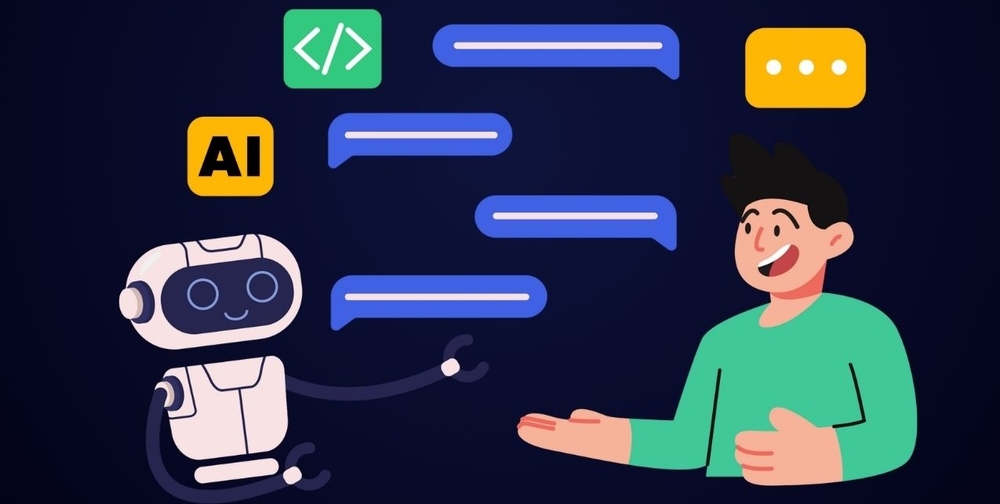Published
- 5 min read
Understanding the Seven Levels of AI Agents

Artificial intelligence (AI) is no longer a futuristic concept—it’s here, transforming industries and reshaping how businesses operate. However, despite the immense potential of AI, many organizations struggle to fully capitalize on its capabilities. To gain a competitive edge, it’s essential to understand how AI evolves across various levels, from basic systems to highly advanced autonomous agents.
This guide explores the seven levels of AI agents in detail and provides actionable insights to help businesses prepare for the AI revolution.
1. Reactive Agents
What Are Reactive Agents?
Reactive agents are the most basic form of AI. These systems operate solely based on predefined rules and programmed instructions. They lack memory and the ability to learn from past experiences. Instead, they react to specific inputs or situations with predetermined responses.
Examples of Reactive Agents
- Chatbots: Basic chatbots that respond to FAQs without context or adaptability.
- Spam Filters: Systems that detect and block spam emails based on preset patterns.
How to Leverage Reactive Agents
While simple, reactive agents are ideal for repetitive, low-complexity tasks. Businesses can use them to automate customer service, reduce workload on human agents, and ensure consistency in routine interactions.
2. Task-Specialized Agents
What Are Task-Specialized Agents?
Task-specialized agents excel at performing a single, narrow task with precision. Unlike reactive agents, these systems are equipped with advanced algorithms tailored to a specific domain, often surpassing human performance in their area of expertise.
Examples of Task-Specialized Agents
- Fraud Detection Systems: AI that identifies fraudulent transactions based on patterns.
- Medical Imaging Tools: AI tools that analyze X-rays or MRIs to detect abnormalities.
How to Leverage Task-Specialized Agents
Businesses in industries like finance, healthcare, and manufacturing can implement task-specialized agents to improve accuracy, efficiency, and decision-making. These agents are a critical step toward automating specialized workflows.
3. Context-Aware Agents
What Are Context-Aware Agents?
Context-aware agents can analyze the surrounding environment and adapt their behavior accordingly. They use real-time data to make decisions that align with the situation, making them significantly more effective than static systems.
Examples of Context-Aware Agents
- Smart Assistants: Virtual assistants like Siri or Alexa that customize responses based on user context.
- IoT Systems: Devices that optimize energy usage by analyzing environmental data (e.g., smart thermostats).
How to Leverage Context-Aware Agents
Integrating context-aware agents into your operations can enhance customer experiences, optimize processes, and improve the adaptability of AI systems to dynamic environments.
4. Learning Agents
What Are Learning Agents?
Learning agents take AI to the next level by utilizing machine learning algorithms to improve their performance over time. These systems analyze data, identify patterns, and adjust their behavior without needing explicit reprogramming.
Examples of Learning Agents
- Recommendation Engines: AI systems like Netflix’s algorithm, which improves suggestions based on user preferences.
- Predictive Maintenance Tools: Systems that predict equipment failures by learning from historical data.
How to Leverage Learning Agents
Learning agents are invaluable for businesses aiming to stay competitive in rapidly changing environments. By implementing these systems, organizations can continuously improve their operations and offer personalized services.
5. Self-Optimizing Agents
What Are Self-Optimizing Agents?
Self-optimizing agents go beyond learning by autonomously refining their strategies and actions to achieve optimal outcomes. These agents focus on efficiency and performance, adapting their approach based on real-time data and feedback.
Examples of Self-Optimizing Agents
- Autonomous Trading Systems: AI that adjusts investment strategies based on market trends.
- Logistics Optimization Tools: AI that improves delivery routes for cost and time efficiency.
How to Leverage Self-Optimizing Agents
Adopting self-optimizing agents can significantly reduce costs, improve operational efficiency, and enhance decision-making in complex business environments.
6. Collaborative Agents
What Are Collaborative Agents?
Collaborative agents are designed to work alongside humans or other AI systems to achieve shared objectives. They are capable of sharing information, coordinating tasks, and adapting to human workflows.
Examples of Collaborative Agents
- Robotic Process Automation (RPA): Systems that assist employees with repetitive tasks.
- AI-Powered Collaboration Tools: Platforms like Slack that use AI to streamline communication.
How to Leverage Collaborative Agents
By integrating collaborative agents, businesses can enhance teamwork, improve productivity, and create seamless interactions between AI and human workers.
7. Autonomous Agents
What Are Autonomous Agents?
Autonomous agents represent the pinnacle of AI evolution. These systems operate independently, make complex decisions without human intervention, and can navigate intricate environments. They combine capabilities like advanced learning, optimization, and contextual awareness.
Examples of Autonomous Agents
- Self-Driving Cars: Vehicles that navigate roads without human drivers.
- Robotic Surgery Systems: Robots that perform surgeries autonomously with precision.
How to Leverage Autonomous Agents
Organizations should prepare for the widespread adoption of autonomous agents by investing in infrastructure, ethical frameworks, and workforce training. These agents promise to revolutionize industries by reducing human involvement in highly technical or dangerous tasks.
Preparing for the Future of AI
Understanding the seven levels of AI agents allows businesses to strategically implement AI technologies that align with their goals. As AI continues to evolve, organizations that embrace and adapt to these advancements will be better positioned to thrive in the competitive landscape.
Key Takeaways:
- Start Small: Begin with reactive or task-specialized agents for simple automation.
- Scale Gradually: Invest in more advanced agents as your AI strategy matures.
- Focus on ROI: Prioritize AI systems that deliver measurable value to your business.
- Stay Ethical: Develop guidelines to ensure the responsible use of AI.
By taking proactive steps today, you can position your business as a leader in the AI-driven world of tomorrow.
Additional Resources
For more insights into AI and its applications: